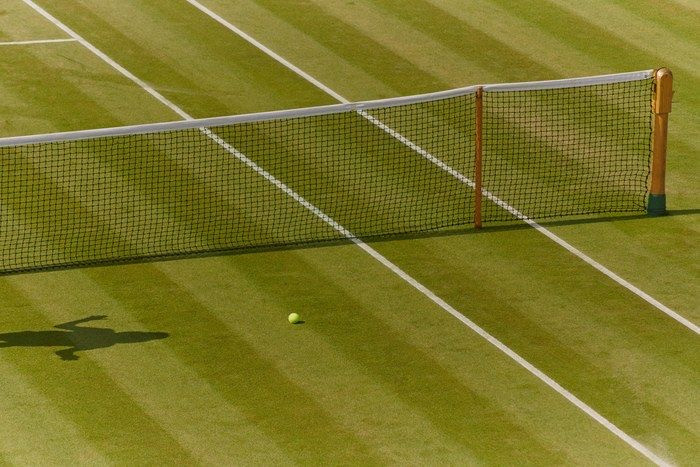Wimbledon 2025 Begins: British Stars Shine as Electronic Line-Calling Debuts
British players dazzle fans on day one as Wimbledon welcomes a new era with electronic line‑calling

Wimbledon 2025 began on Monday 30 June, delivering exciting moments as British tennis players impressed and the tournament introduced full electronic line‑calling for the first time. This technological shift ends the long-standing tradition of human line judges at the All England Club (The Guardian).
British Stars Spark Hope with Historic Wins on Day One
Homegrown talent stole the spotlight on Wimbledon's opening day. Emma Raducanu, 2021 US Open champion, started strong with a straight-sets win against Mimi Xu. But it was 23-year-old Sonay Kartal who created headlines by beating former French Open winner Jelena Ostapenko 7–5, 2–6, 6–2. Kartal's victory marks her as the first British woman in the Open era to defeat a former Grand Slam champion in the first round of Wimbledon (Talksport).
'I just wanted to play my best and enjoy the moment. Making history is an amazing bonus', Kartal said.
In the men's draw, Cameron Norrie advanced after a four-set match, while qualifier Oliver Tarvet stunned crowds by beating Leandro Riedi in straight sets. Ranked world No 733, Tarvet's win was greeted with chants of 'Come on, Ollie'! from excited British fans (The Guardian).
Tarvet described the victory as 'a dream come true' and aims to 'make the British fans proud'.
How Wimbledon 2025's Electronic Line-Calling Is Changing The Game
For the first time in its 147-year history, Wimbledon has fully replaced human line judges with Hawk-Eye Live technology. More than 450 high-speed cameras now monitor the courts, tracking every ball with millisecond precision to automatically call faults and foot faults.
Wimbledon CEO Sally Bolton stated: 'This change balances tradition with innovation, aiming for fairer and more consistent calls'.
While the new system promises accuracy and impartiality, reactions have been mixed among players and fans. Chinese player Yuan Yue commented that the automated calls were too quiet and lacked the energy typically brought by human officials. 'It feels too quiet', she said, requesting that the volume of the calls be raised.
British No. 1 Cameron Norrie also expressed reservations: 'Line judges brought character and atmosphere. The technology is accurate, but something feels missing'.
As Wimbledon ushers in this new era of officiating, the debate continues over what is gained and what may be lost, when precision replaces personality on Centre Court.
Day One Drama: Marathon Matches and Scorching Heat Challenge Players
Wimbledon 2025 got off to a sizzling start, both in terms of temperature and tension on court:
- Defending men's champion Carlos Alcaraz was pushed to the limit, battling through a 4-hour 27-minute five-set epic against veteran Fabio Fognini.
- On the women's side, top seed Aryna Sabalenka and reigning champion Barbora Krejčíková enjoyed far more straightforward victories.
With temperatures soaring to 34°C, players faced more than just their opponents. The extreme heat led to extra water breaks and increased medical monitoring, as officials worked to ensure everyone's safety. Such intense conditions can heighten the risk of dehydration and fatigue, adding another layer of difficulty to an already demanding opening day (The Times).
What Wimbledon Fans Can Expect as the Tournament Progresses
- British stars like Kartal and Tarvet are delivering historic breakthroughs early in Wimbledon 2025.
- Electronic line‑calling, powered by 450+ cameras, offers precise calls but alters the traditional match atmosphere.
- The intense heat on opening day highlights the physical demands players face on grass courts.
Wimbledon runs through Sunday 13 July, with global stars and homegrown talents battling to lift the famous trophy.
© Copyright IBTimes 2025. All rights reserved.





















